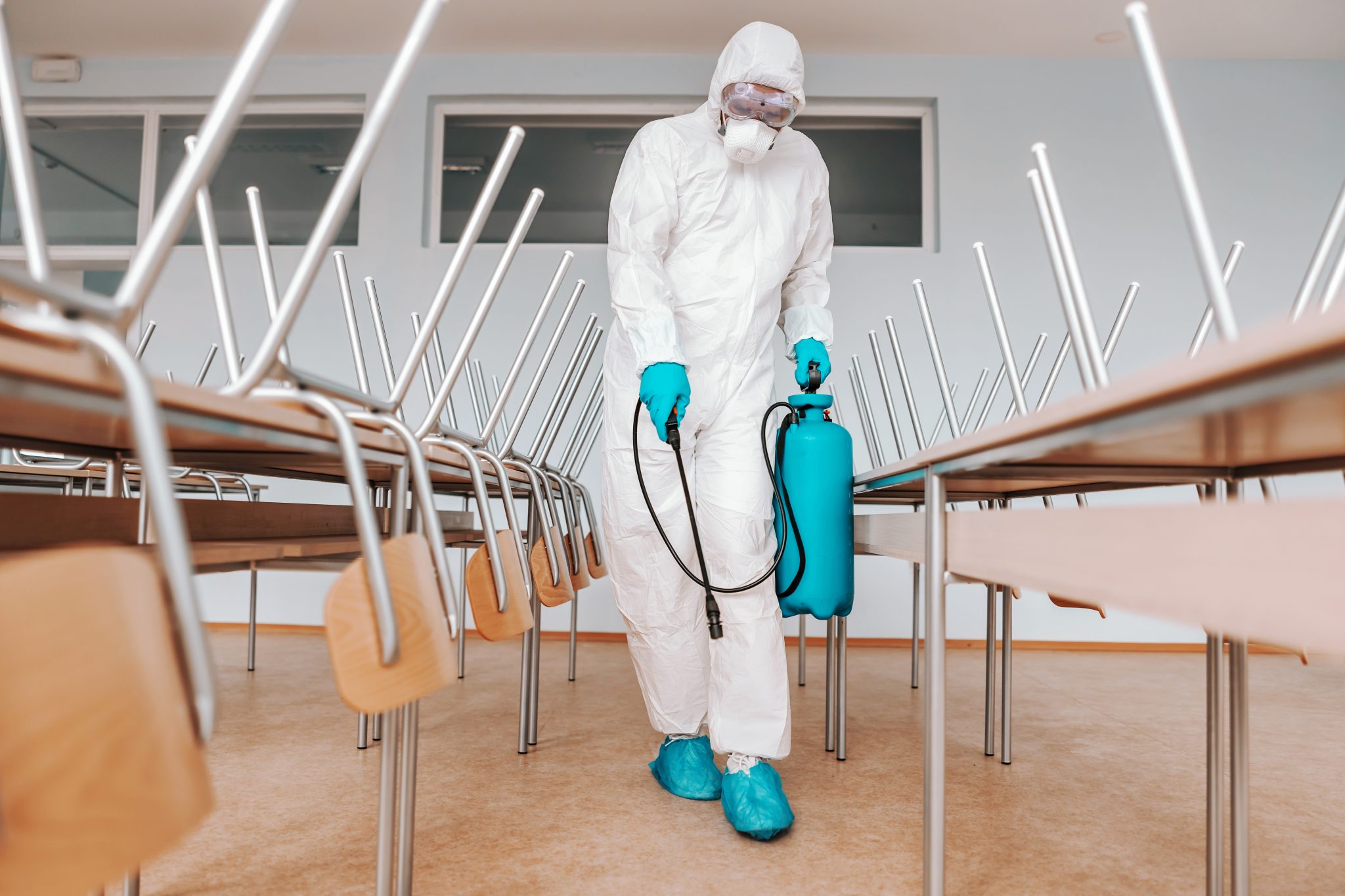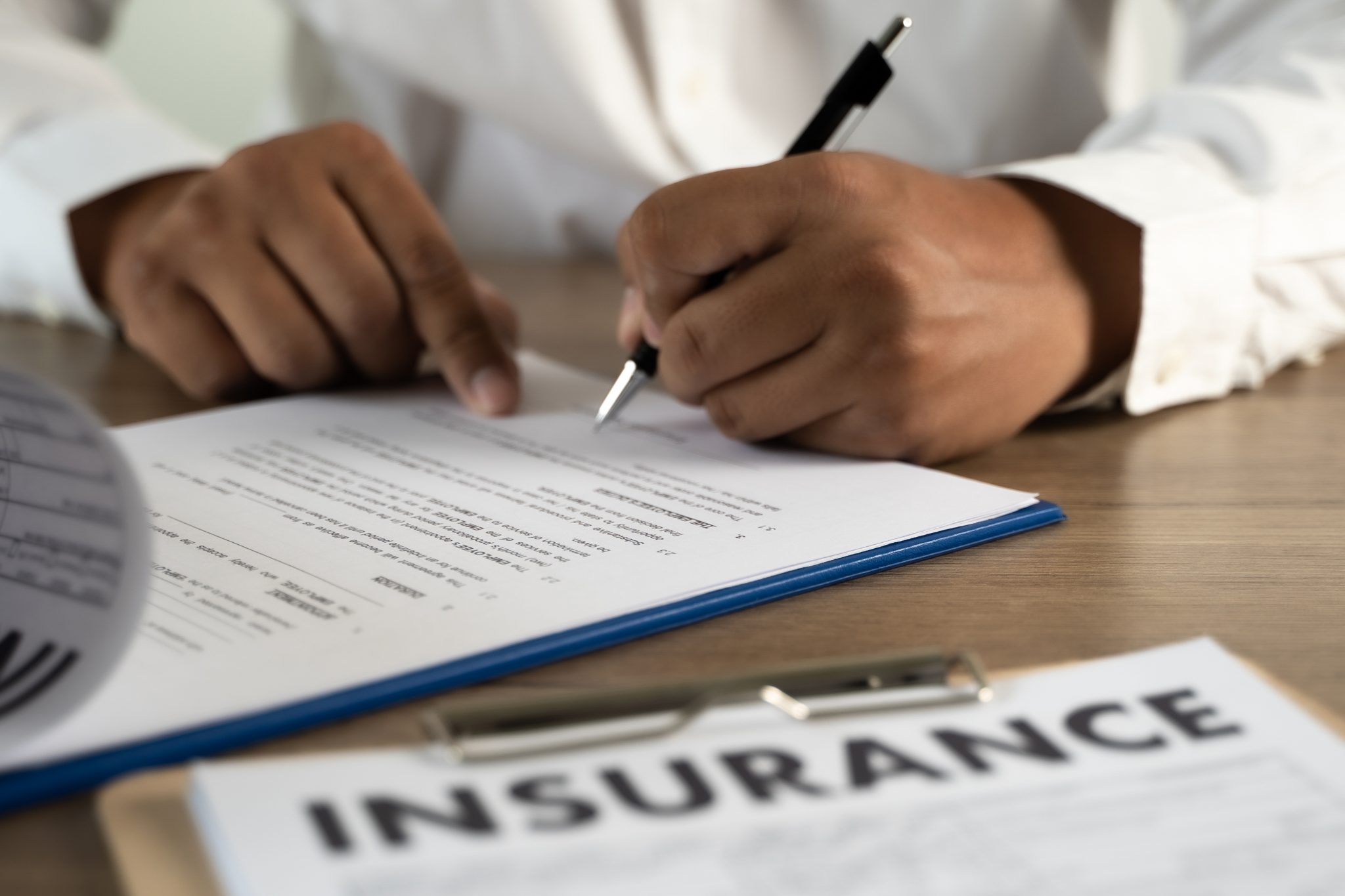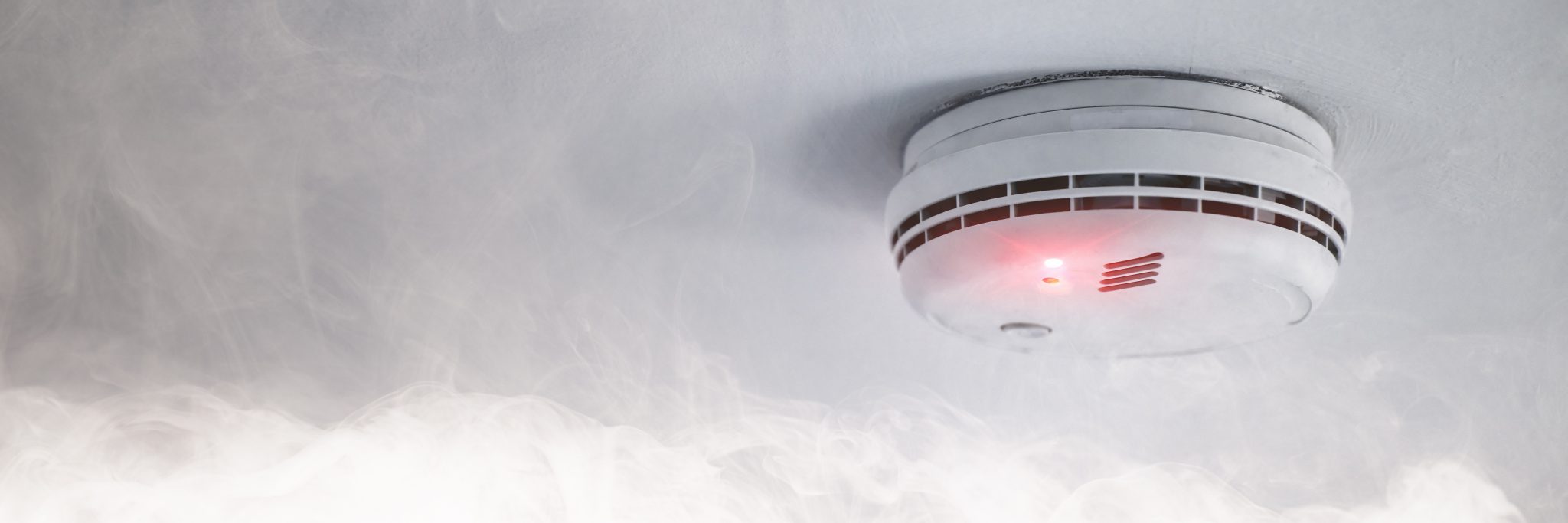- WE’RE HERE TO HELP 24/7
- 800.586.5555
Types of Property Damage and Health Dangers Related to Residential Fires in Florida

Can Schools Be Liable for Coronavirus Cases Caught By or Spread By Students?
October 13, 2020
How Does an Insurance Policy Limit Affect My Case?
October 13, 2020Types of Property Damage and Health Dangers Related to Residential Fires in Florida

The dangers posed by active home fires are not all that mysterious. Fire, obviously, can cause serious burns and even death. What claims even more lives during home fires are the high concentrations of carbon monoxide, carbon dioxide and an array of chemicals and irritants in the smoke.
Families dread home fires, and for good reason, but most people rest at least a bit easier knowing their homeowners insurance will pay for repairs and property replacement.
This is true in most cases. Fire claims tend to get denied less than other types of claims, like plumbing leaks or flooding. Most fires are accidental or are caused by factors that weren’t really easy to predict. The complications with fire loss claims often arise from disputes over personal property valuation (which is why you should always have a somewhat up-to-date inventory of your personal property and keep records or receipts of large purchases.)
The dangers posed by fires don’t disappear once all the flames are put out. There are several more subtle post-fire hazards that are far less well known or understood than the actual home fire itself.
After-Fire Health Hazards
Unstable Walls and Roofs
Homeowners and their families should be exceedingly careful when going through their fire-damage home, whether the home is a total loss or was just partially damaged. Fires can destabilize walls, roofs and ceilings. If those collapse on a homeowner while they are inspecting the damage, serious injuries or even death could result.
Most fire fighting professionals will give a family notice once they’ve established the stability of the surviving structures. You really shouldn’t venture into the property until they’ve checked to make sure it’s safe.
You should wear masks and goggles if you do your own cleanup and demolition. Demolition of burned structures will throw a lot of toxic dust and soot into the air, which can cause serious long-term damage to exposed eyes or the lungs if inhaled.
Gas Leaks
This applies to natural gas or propane systems, like your grill outside. The heat of a fire could potentially compromise the integrity of various copper and brass fillings, tanks, valves or other safety features in your water heating, grilling or cooking appliances. These types of systems should be inspected by a professional before using them again.
Hazardous Materials
The smoke put off by burning household materials are often filled with highly unsafe toxins. The volatile emissions from burning furniture, plastics, polymers and various paints don’t just dissipate; they also permeate your belongings and walls, leaving behind toxic soot in the process.
This toxic smoke and soot can coat your entire home and result in long-term health risks. Even rooms that weren’t directly affected by a fire can still be covered in these often invisible or barely noticeable layers of toxic chemicals.
To put it simply, pretty much every surface in your home – and inside your ducts and HVAC system – should be cleaned, and it’s important to wear a respirator while you’re doing the cleaning.
Many insurance policies will pay for restoration professionals to come in and do this job for you. The insurance company doesn’t want to pay out additional claims because your family was made sick by the fire – they’d rather the cleanup be done right.
Mold From Water Damage
Your home, even the parts that weren’t damaged by fire, are likely to get wet when the fire department is spraying down the fire. In Florida, mold growth on wet materials in a home is nearly unavoidable. Everything that’s wet or damp needs to be thoroughly cleaned due to smoke, but it should also be completely dried out before being put back in your home.
Most damage remediation companies that deal with fire cleanup are also mold remediation certified, so the same professionals may be able to test for moisture and help determine what can be salvaged and what is too far gone.
Homeowners insurance may or may not pay for mold remediation depending on your coverage and the extent of water damage. In most cases, if mold damage is related to a covered peril – such as a fire – remediation will be covered, but situations vary.
Health Liability Issues Related for Firefighting
The firefighting method that’s gotten the most press for the health complications it causes is firefighting foam. There are several class action personal injury lawsuits brought primarily by firefighters who have developed an array of cancers and other conditions due to the alleged toxicity and danger of some of these foams.
The good news for families is the firefighting foam in question is primarily used when fighting high-hazard flammable liquid fires, which include hydrocarbon fires (fuels like methane, propane and butane), alcohol fires or aviation fires (jet fuel).
Illnesses associated with this type of firefighting chemical are usually associated with repeated prolonged exposure. Chances are the foam wouldn’t be used to put out a typical residential fire.
Home Fire Liability
Fires that break out in rental properties could also become premises liability cases depending on the source of the fire. For example, if a rental properties old, faulty wiring caused a fire and the property owner knew the wiring in the home was problematic, they could potential be liable for injuries the fire caused to residents in the building.
